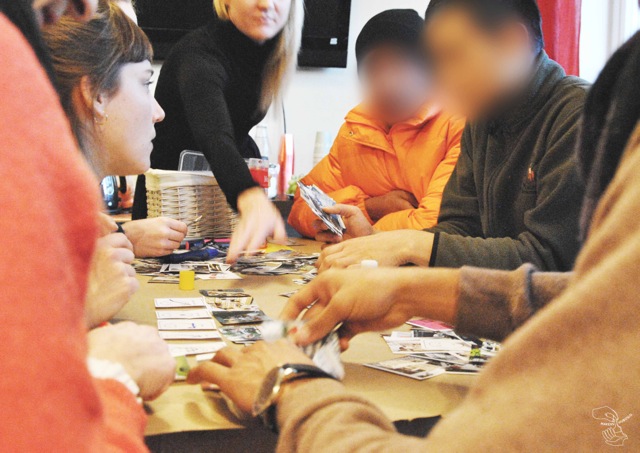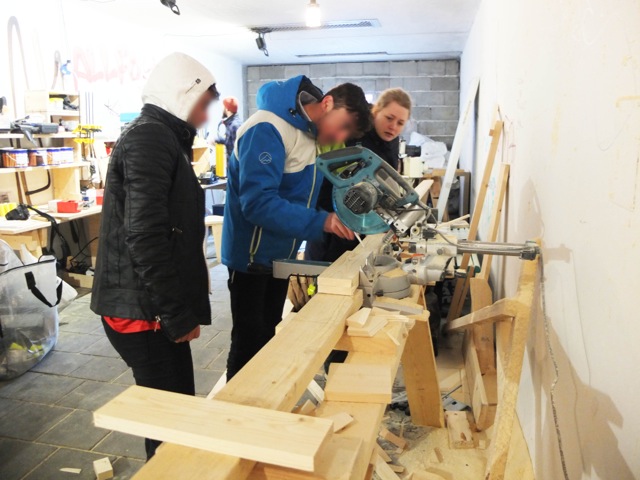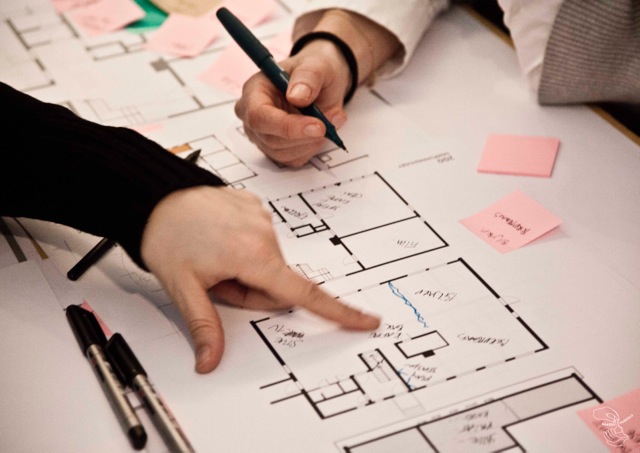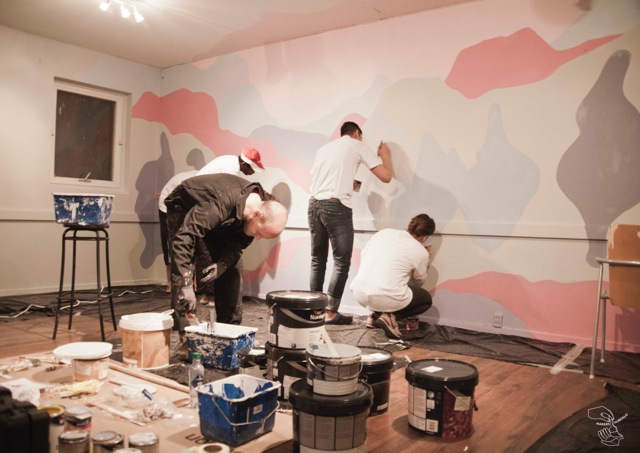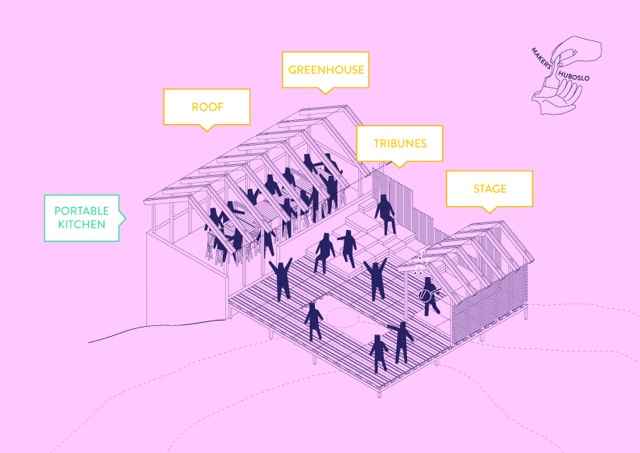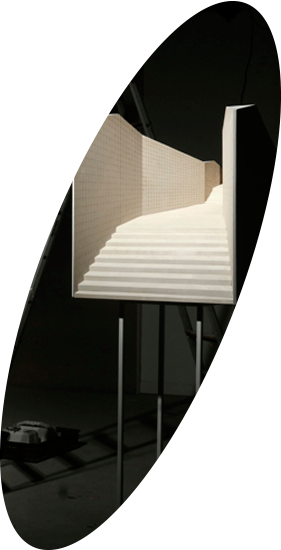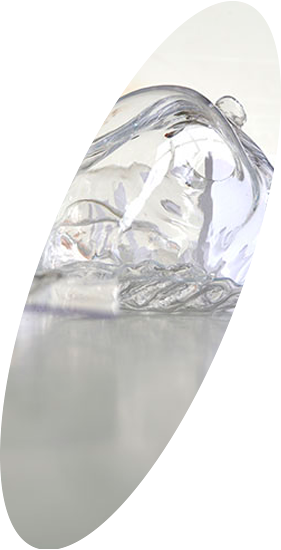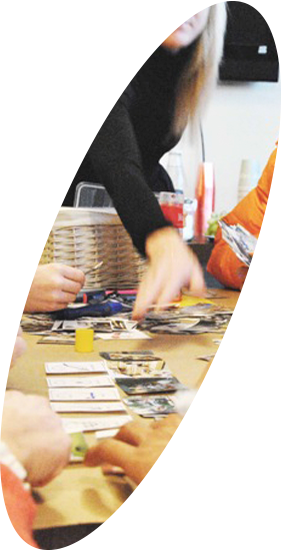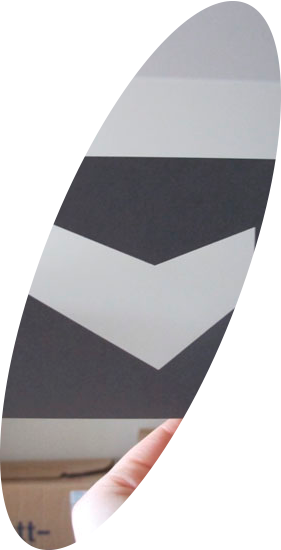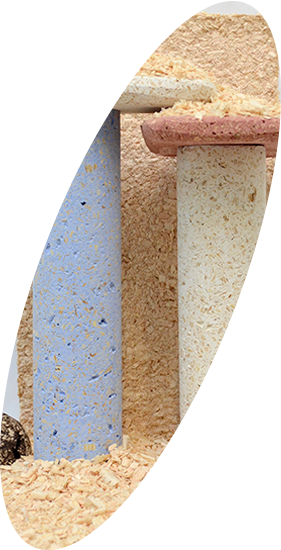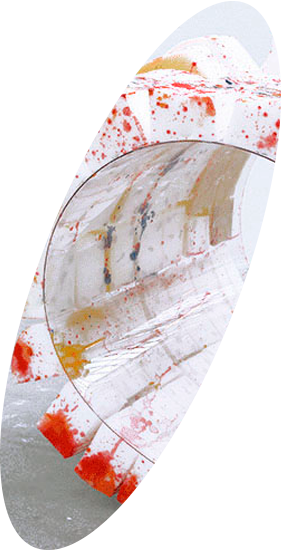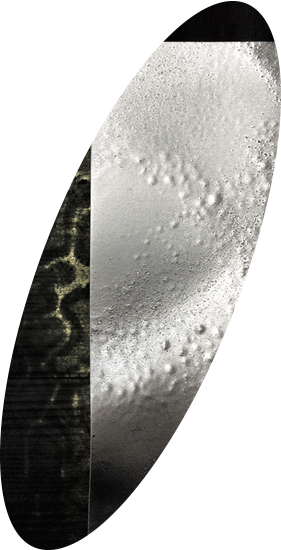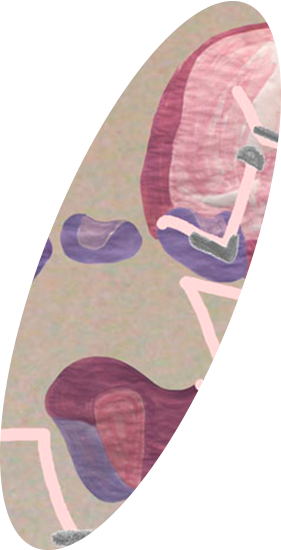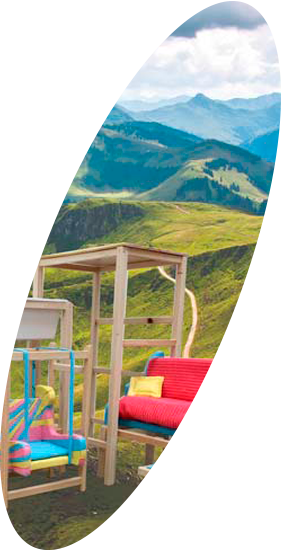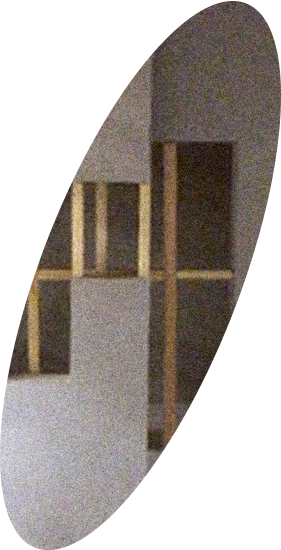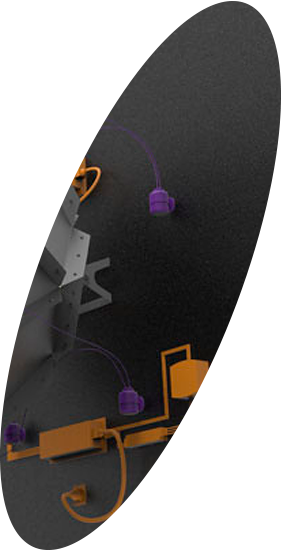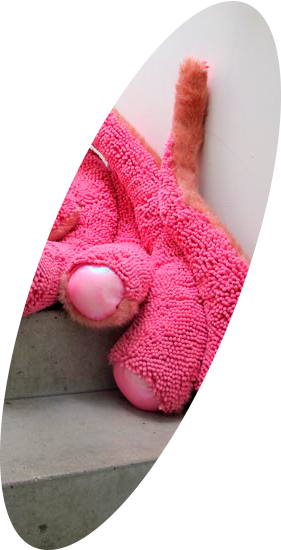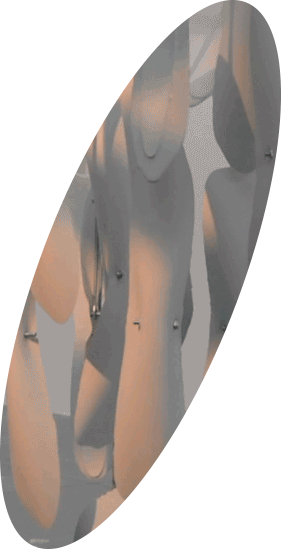Interior architecture for inclusion and change
Is it ethically justifiable to place asylum seekers in housing standards that no other groups would accept? There is no indication that Norwegian politics will prioritise living quality in asylum receptions in the future. In close collaboration with a transit reception in Oslo, I have researched whether increased autonomy through participation can have an impact on asylum seekers’ relation to space, and how it affects their well-being.
How can we change the view on asylum receptions to be a place for integration rather than a symbol of exclusion? How can we be more active actors in society, participate with our knowledge of space – in the reality beyond our commercial market? How can we as interior architect use the power of space to influence integration and change?
Inredningsarkitektur för inbegripande och förändring
Är det etiskt försvarbart att placera asylsökande i boenden vars standard inte skulle accepteras av någon annan grupp? Inget tyder på att norsk politik kommer att prioritera boendestandarden i asylboenden framöver. I nära samarbete med transitboenden i Oslo har jag undersökt om ökad autonomi genom deltagande kan påverka asylsökandes relation till rum, och hur det påverkar deras mående.
Hur kan vi ändra synen på asylboenden till att bli en plats för integration snarare än utanförskap? Hur kan vi vara mer aktiva aktörer i samhället och bidra med vår kunskap om rum i en verklighet bortom marknaden? Hur kan vi som inredningsarkitekter använda rummets kraft för att påverka integration och förändring?

 Visit: LM Ericssons väg 14, Stockholm
Visit: LM Ericssons väg 14, Stockholm